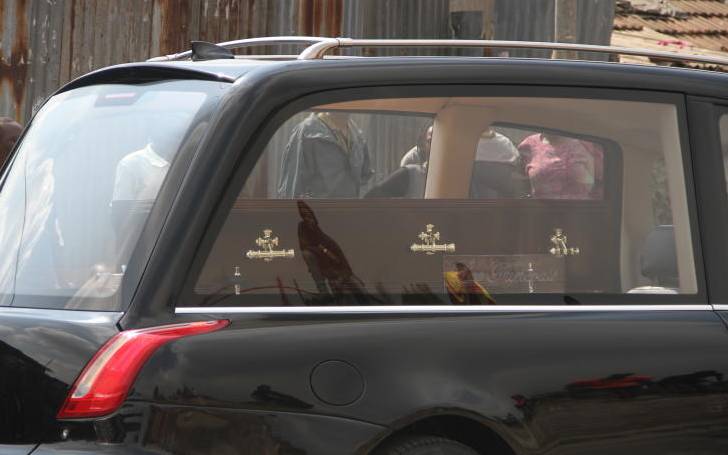×
The Standard e-Paper
Join Thousands of Readers

The hearse carrying remains of the late Safaricom CEO Bob Collymore making its way to Kariokor Crematorium Centre on July 2, 2019. [Edward Kiplimo/Standard]
The remains of the former Safaricom boss Bob Collymore left Lee Funeral Home in Nairobi to Kariakor Crematorium for the last ritual today.